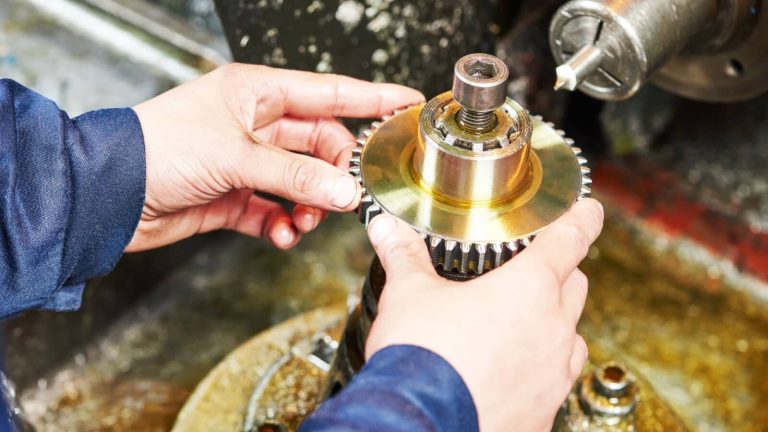Things You Need To Learn Working Process Of A Hydraulic Bolt Tensioner

A hydraulic bolt tensioning tool is used to tighten large-diameter bolts to high-functioning pre-loads for a quick and easy process. This is an angular jack tool that is fitted over a series of nuts and bolts to get it tightened. This hydraulic bolt does use the conventional method as it does not use torque. A hydraulic bolt tensioner has one single enemy that is friction which comes in two forms first is thread friction which occurs between two threads and later results in thread galling for which regular lubricant oil should be applied and the second is the friction between the nut and the washer is pitch torque and this can be recognized due to increasing in noise in the machine. Through this article, you will learn about the tightening process, the hydraulic bolt tensioner price, and the types of tightening done by a hydraulic bolt tensioner.
Types of hydraulic bolt tensioners-
- 100% tensioning procedure- The first type is where all the bolts are tightened together. This form of bolt tensioning does limit the time consumption of the bolt tightening process but on the other side, a damaged bolt might fail. So this process is only used after inspecting the nuts and bolts so that they are in good condition and generously lubricated condition.
- 50% tensioning procedure- The second type of hydraulic bolt tightening system is half and half system nut and bolt tensioning process a damaged nut and bolt will not cause a problem then on then as the other half of the bolt is working fine and is in position. Here in this process, you can recognize and replace the faulty bolts to get the required tension.
What is the cost of a hydraulic bolt tensioner?
A high-pressure hydraulic bolt tensioner price in India is ₹ 15000 to ₹ 50000.
What is the cost of a hydraulic bolt tensioner machine along with the electric high-pressure pump?
A high-pressure hydraulic bolt tightening machine price is ₹ 190000 to ₹ 250000
How does a hydraulic bolt tensioner work?
- A hydraulic bolt tensioner working process is quite different than hydraulic bolt torquing though they are both legitimately used for sealing a joint in the torquing process pressure on the bolts is rotational and the force is applied to the bolt fastener. Whereas in the bolt tensioning process the fastener is stretched out which looks just like a hydraulic load cell.
- At first, the hydraulic bolt tensioner is placed on the stud bolt which is loose and free unless and until the bolts come in contact with the flange.
- Place the tensioner’s puller through the threading method under each of the load cells so that they are connected to the cylinder piston.
- Each tensioner must connect to the hydraulic hose
- Apply the required amount of hydraulic pressure for preloading the stud bolts as you see that the bolts are getting stretched.
- With the tommy bar present in the hydraulic tensioner, the locking collar will get turned so that the nut is pushed on the joint.
- Winding the nut so it gets tightly placed on the joint.
- At last release the pressure.
- Once the pressure is released and the tensioner is removed from the stud bolt the bolt acts as a spring and returns to its normal position after contraction and clamps down on the joint to give the right amount of seal.
To conclude, the above-mentioned article expresses the working process of a hydraulic bolt tensioner.






